Marisa Melo, founder of UP Time Art Gallery, explains the combination of artwork and interior decoration
Celebrated on April 15th, World Art Day takes place on the same date as the birthday of Leonardo Da Vinci, an emblematic polymath of the High Renaissance and considered a symbol of multiculturalism and freedom of expression. Like art, the house represents the extension of life by reproducing and transmitting the personalities, histories and styles of its inhabitants.
Be it the paint colors, the decorative elements and even the furniture arrangement, the home decor follows the essence and ambiance of the residents.
html[data-range=”xlarge”] figure image img.img-df84ab5ff40fb91f681fc2df44fe6515ssyvbn89 { width: 774px; height: 1161px; }HTML[data-range=”large”] figure figure img.img-df84ab5ff40fb91f681fc2df44fe6515ssyvbn89 { width: 548px; height: 822px; }HTML[data-range=”small”] figure figure img.img-df84ab5ff40fb91f681fc2df44fe6515ssyvbn89, html[data-range=”medium”] figure image img.img-df84ab5ff40fb91f681fc2df44fe6515ssyvbn89 { width: 564px; height: 846px; }
“Like a blank canvas, the environment of a house can become a unique work of art, in which the inhabitant assumes the role of an artist, being free to express creativity and transmit his personality and his references”, he says Marisa Melò, art curator and founder of UP Time Art Gallery. According to her, the process of finishing and beautifying an environment is called artistic decoration and consists of the method of harmonizing the works of art in a space, with the aim of bringing elegance and personality to the environment.
For those who want to take advantage of the appointment to renew their furniture or even start an art collection, Marisa Melo lists four fundamental tips for harmonizing works of art with home furnishings. Check it out below:
Build your artistic repertoire
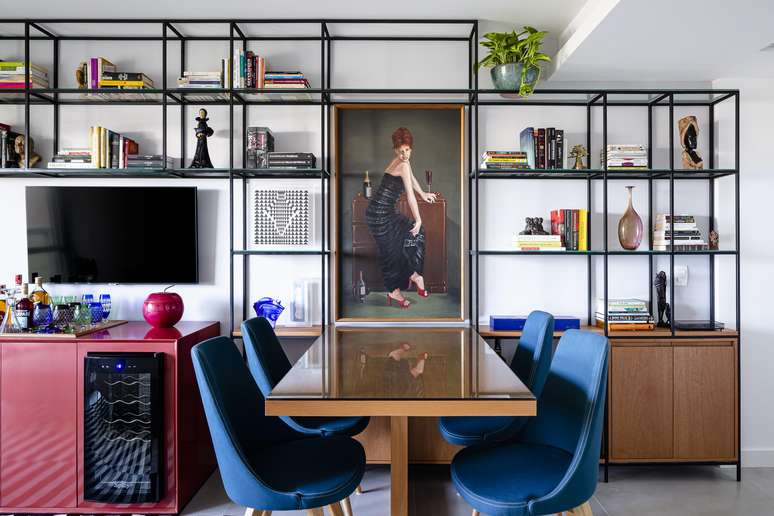
According to the curator, the first step in creating an art collection that can showcase the personality of the residents is build an artistic repertoire based on surveys, studies and visits.
“A well-crafted collection requires a coordinated identity and takes time to bring together pieces of the same nature. In this way, it’s not just a question of putting objects together, but of finding works that share complementary ideas, be they in the material, in the colors or in the subject,” he explains.
This is why Marisa suggests visiting galleries, exhibitions, museums and art auctions, with the aim of finding your own artistic style, as well as reading books and watching films on the subject.
make a plan
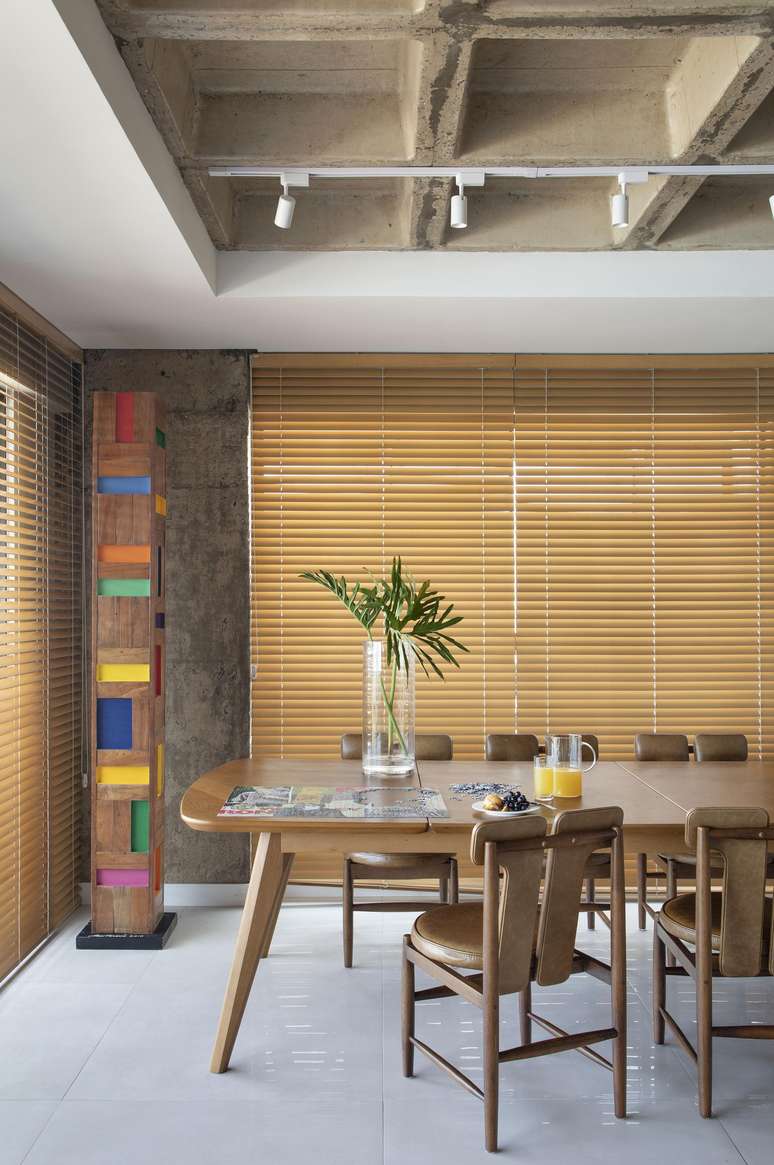
“Since a work of art is a single piece, the decoration must accommodate it – and not vice versa. It is possible to use and/or combine different artistic pieces such as paintings, etchings, photographs, sculptures and other objects in the harmonization. However, it must be done be careful not to get lost in the infinity of possibilities”, explains the founder of UP Time.
According to her, building a project that contains the types of pieces that will be used and the costs, as well as the time that the artistic process will take, is important for analyzing priorities and alternatives, as well as ensuring a personalized identity.
Be careful with the light
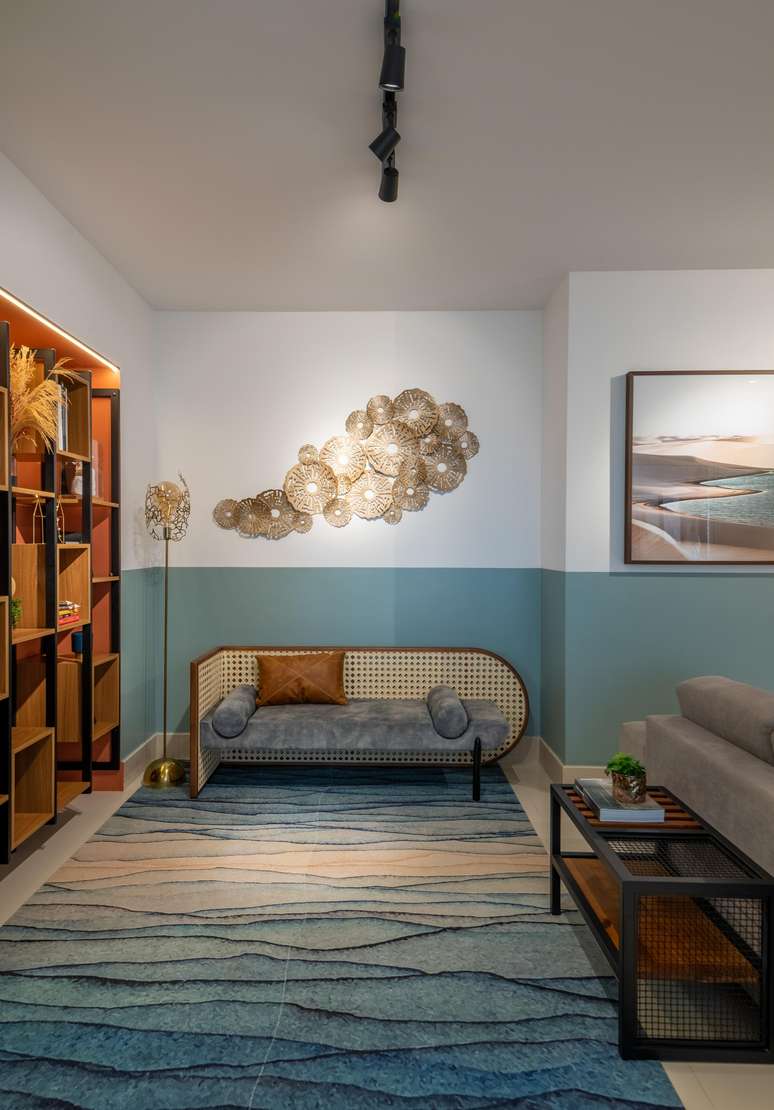
While the right lighting can highlight and enhance a work of art, it can also be detrimental to the pieces. “Most people don’t realize that, in addition to the sun, lamps also emit UV and UVA rays, which are harmful to any material.
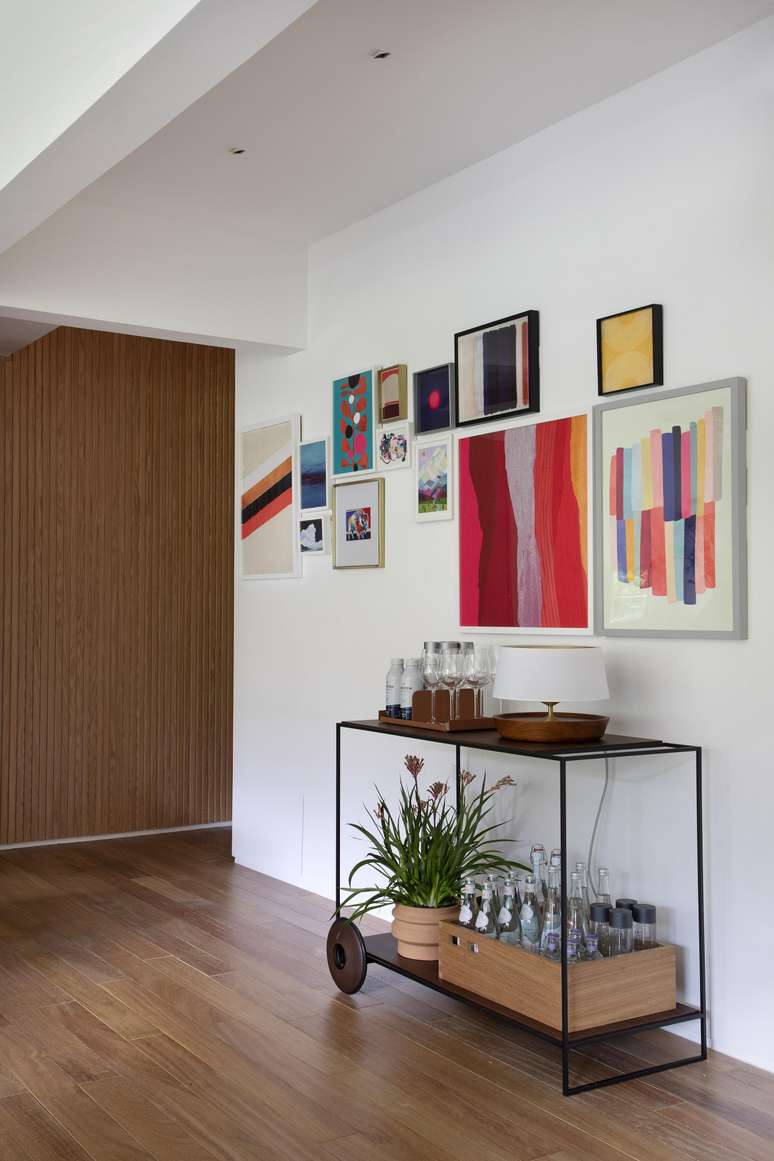
Avoiding too much illumination from the sun or artificial light is important for the life of the work, as heat sources can discolor the pigments and accelerate the aging of paper and other organic materials,” she advises. use a maximum of 50 lux (120,000 lux/hour/year) for watercolors, gouache, printed drawings, cotton, paper, and acrylic or oil paintings.
Preserve your artwork
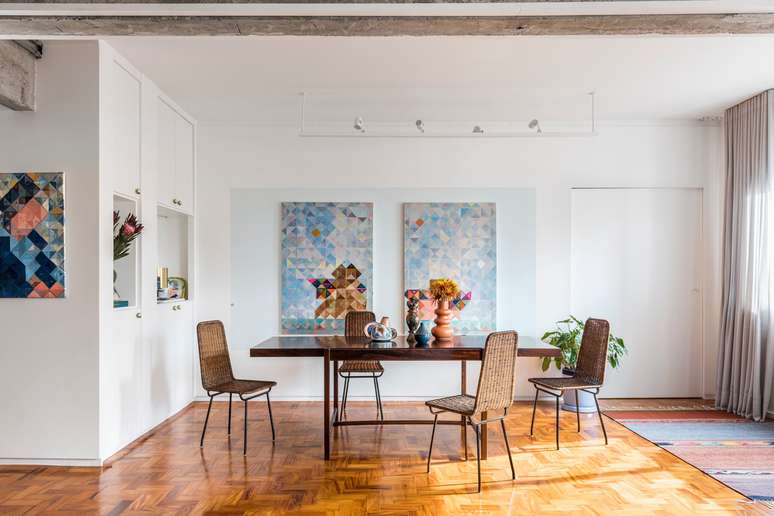
In addition to the lighting care, the curator also emphasizes other essential care, extremely important for the life and conservation of the pieces.
“When looking for an exhibition venue for a work, avoid environments where humidity and temperature are unstable, such as open areas away from objects or places where the work may come into contact with insects and pests, such as termites. It is it is also important to follow the instructions for handling, cleaning and individual conservation of each work”, concludes Marisa.
Source: Terra
Ben Stock is a lifestyle journalist and author at Gossipify. He writes about topics such as health, wellness, travel, food and home decor. He provides practical advice and inspiration to improve well-being, keeps readers up to date with latest lifestyle news and trends, known for his engaging writing style, in-depth analysis and unique perspectives.






![Such a wonderful sun in advance: Summary of the Episode on Monday, Monday, Monday 22, Monday, September 22, Monday [SPOILERS] Such a wonderful sun in advance: Summary of the Episode on Monday, Monday, Monday 22, Monday, September 22, Monday [SPOILERS]](https://fr.web.img6.acsta.net/img/29/2a/292a2052bcdfc4ca2838ac8d80b3f296.jpg)


